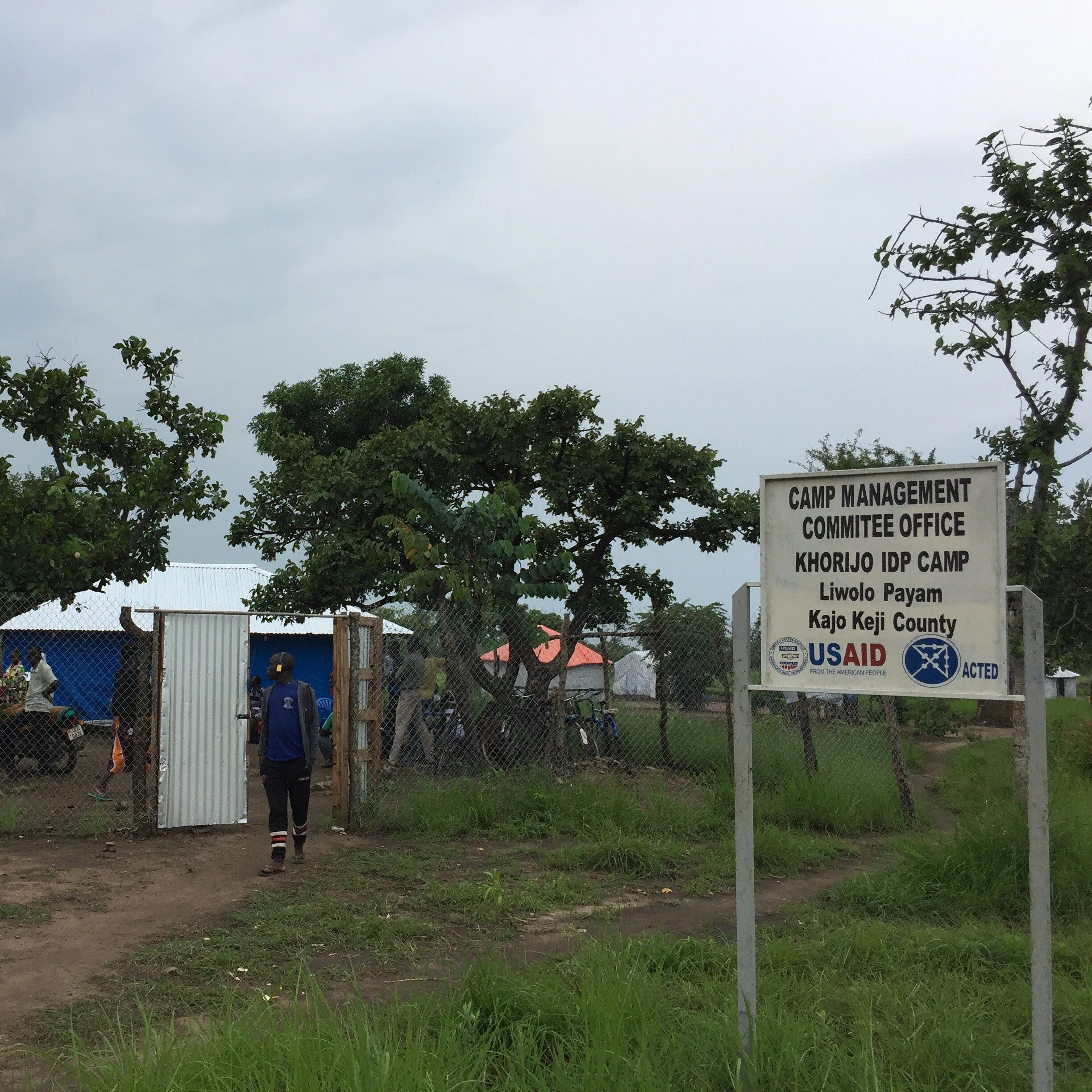Planning in Post-Conflict Settings: The Case of South Sudan
This is a case study preview. To access the full case study and teaching materials, navigate to the case library and enter your password. If you need a password, please contact us.
Summary
This case study explores the role of planning in a post-conflict setting, working with Internally Displaced People (IDP) in the counties of Kajo Keji and Lainya, South Sudan. Students will determine the location and type of structures needed to establish safe spaces in IDP camps, keeping in mind the political tensions and various actors and institutions surrounding these camps.
Learning Objectives
Explore the potential roles and challenges of urban planning in post-conflict or conflict settings.
Increase the visibility of an underrepresented and vulnerable segment of the global population (Internally Displaced People or IDP), and understand how urban planning responds to their specific needs as well as the unique implications of planning for mobile populations.
Identify forms of shelter and infrastructure that are underrepresented in urban planning practice and consider the implications of establishing temporary infrastructure and non- physical planning mechanisms to have a lasting impact (i.e. via capacity building).
Determine various avenues for cooperation and participation between disparate government leaders.
Case Materials
Instructor Version
Student Version
PowerPoint Presentation
Suggested Readings
Crisp, J., Morris, T., & Refstie, H. (2012.) Displacement in urban areas: new challenges, new partnerships. Disasters 36(1), pp. S23-S24. Download the full paper
Collado, Z. (2018) Living in displacement context: Coping strategies, changing attitudes and family dynamics among Internally Displaced Persons (IDPs) in Mindanao, Philippines. Journal of Human Behavior in the Social Environment 29(4), pp. 484-498. Read the abstract
Jahre, M., Kembro, J., Adjahossou, A. and N. Altay. (2018). Approaches to the design of refugee camps: An empirical study in Kenya, Ethiopia, Greece, and Turkey. Journal of Humanitarian Logistics and Supply Chain Management, 8(3): pp. 323-345. Download the full paper
ACCESS THIS CASE
To download these case materials, including the instructor version, student version, and PowerPoint presentation, request access at the link below:


